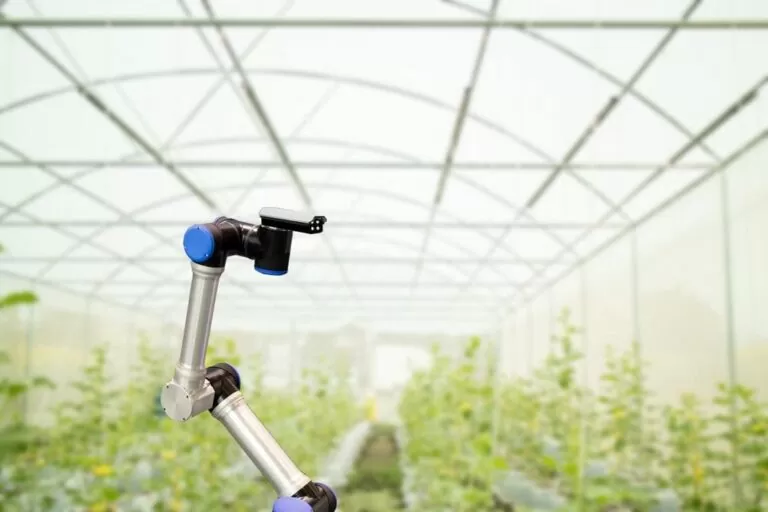
BABots are small animals, such as worms or insects, whose nervous systems will be reprogrammed to perform new and useful behaviors: for example, performing specific tasks within complex biological environments and on a very small scale, such as underground or on plants.
The BABots will provide 100% environmentally compatible biological technology to perform tasks that are currently beyond the reach of electromechanical robots or conventional soft, which lack the high dexterity of the BABots, perfected through millions of years of natural evolution in combination with state-of-the-art biology-based human design.
The project is funded within the programme Horizon europe, in the context of the European Innovation Council, and will be managed by an international consortium of experts in neurobiology, synthetic biology, robotics ed ethics, together with a business partner from the agro-tech industry.
As a first step in the development of the BABots, the consortium will focus on small nematodes (C. elegans), testing various genetic modifications of their nervous systems to generate seeking and killing behaviors for invasive pathogenic bacteria. To guarantee maximum safety, the BABots worms will be genetically equipped with a multiple biocontainment system, which will block their reproduction to avoid propagation outside the production context.
The BABots project promises a radically new approach to biorobotics and will potentially have a dramatic impact on precision agriculture, bio-industry and medicine.
BABots will have multiple uses. For example, we can imagine farmer insects that produce and distribute fertilizers and protect crops by fighting pests; medicinal roundworms that enter the body, perform specific medical procedures, and then leave; sanitation cockroaches cleaning out the sewage system, but staying outside the house. Some of these tasks can also be performed by chemical means or using conventional robots. However, BABots are able to provide a level of precision, efficacy and biocompatibility currently unattainable by any other technology.
A key component of the BABot project is to identify the specific ethical issues relating to this project and, more generally, to any type of small swarming animal robot, and to conduct a comprehensive analysis on these issues. The framework covers the ethics of BABots per se, BABots in the research and application stages, their social acceptability, sustainability and justice issues.
As a preliminary test of the technology, the BABots nematodes will be employed in a state-of-the-art vertical farm, enabling their integration and performance to be monitored in a realistic environment while maintaining strict isolation.
Current robotic technology is playing an important and growing role in multiple domains, handling tasks that are beyond our physical capabilities or that are too dangerous, too laborious, require too great a force, or are too tiny to handle. In particular, the miniaturization of hardware places severe constraints on the perceptual, cognitive and actuation capabilities of conventional electromechanical robots. BABots will surpass current robotic paradigms in three essential ways:
The project consortium includes:
Information taken from the project website https://babots.eu/
BlogInnovazione.it
Developing fine motor skills through coloring prepares children for more complex skills like writing. To color…
The naval sector is a true global economic power, which has navigated towards a 150 billion market...
Last Monday, the Financial Times announced a deal with OpenAI. FT licenses its world-class journalism…
Millions of people pay for streaming services, paying monthly subscription fees. It is common opinion that you…